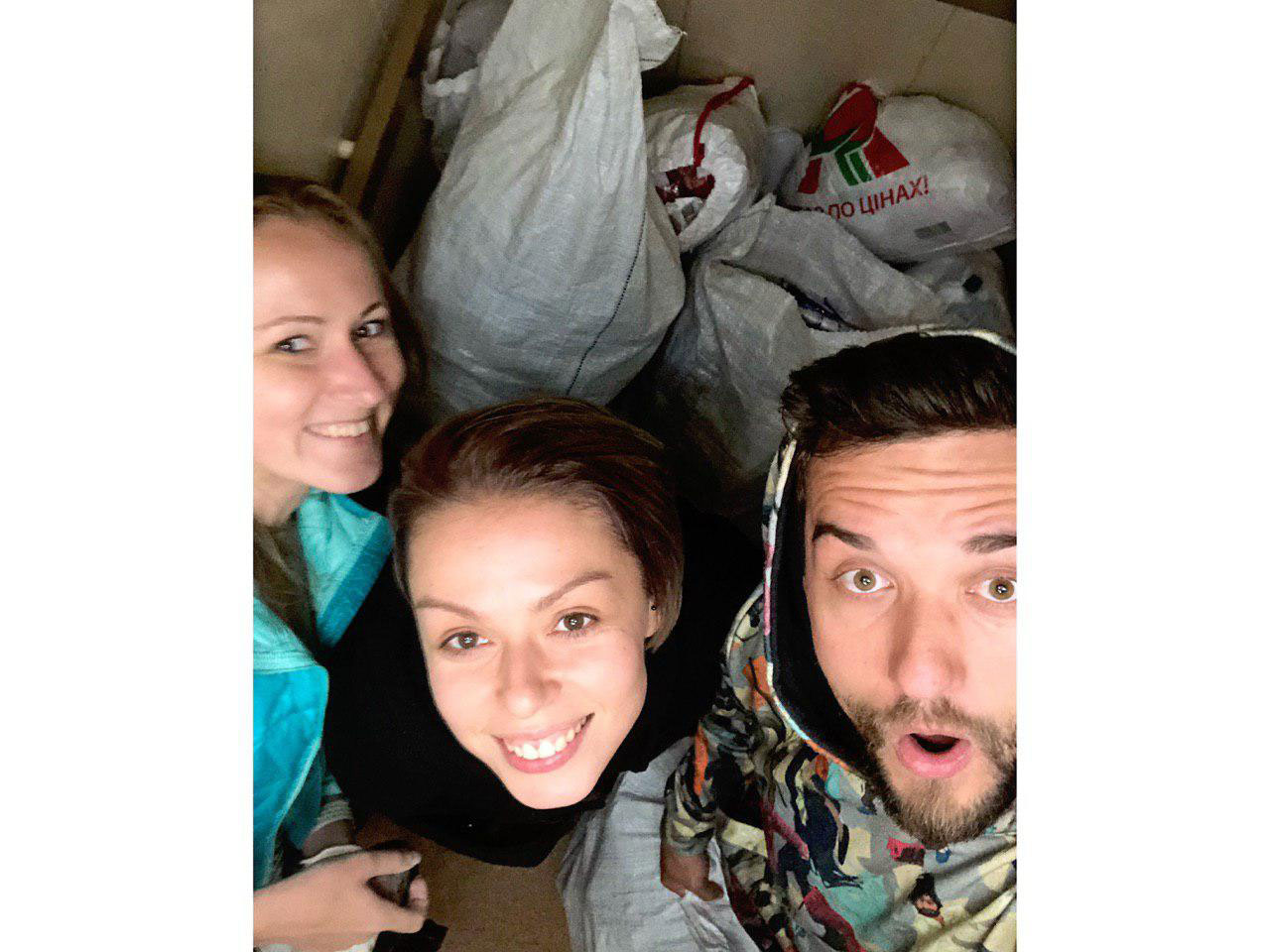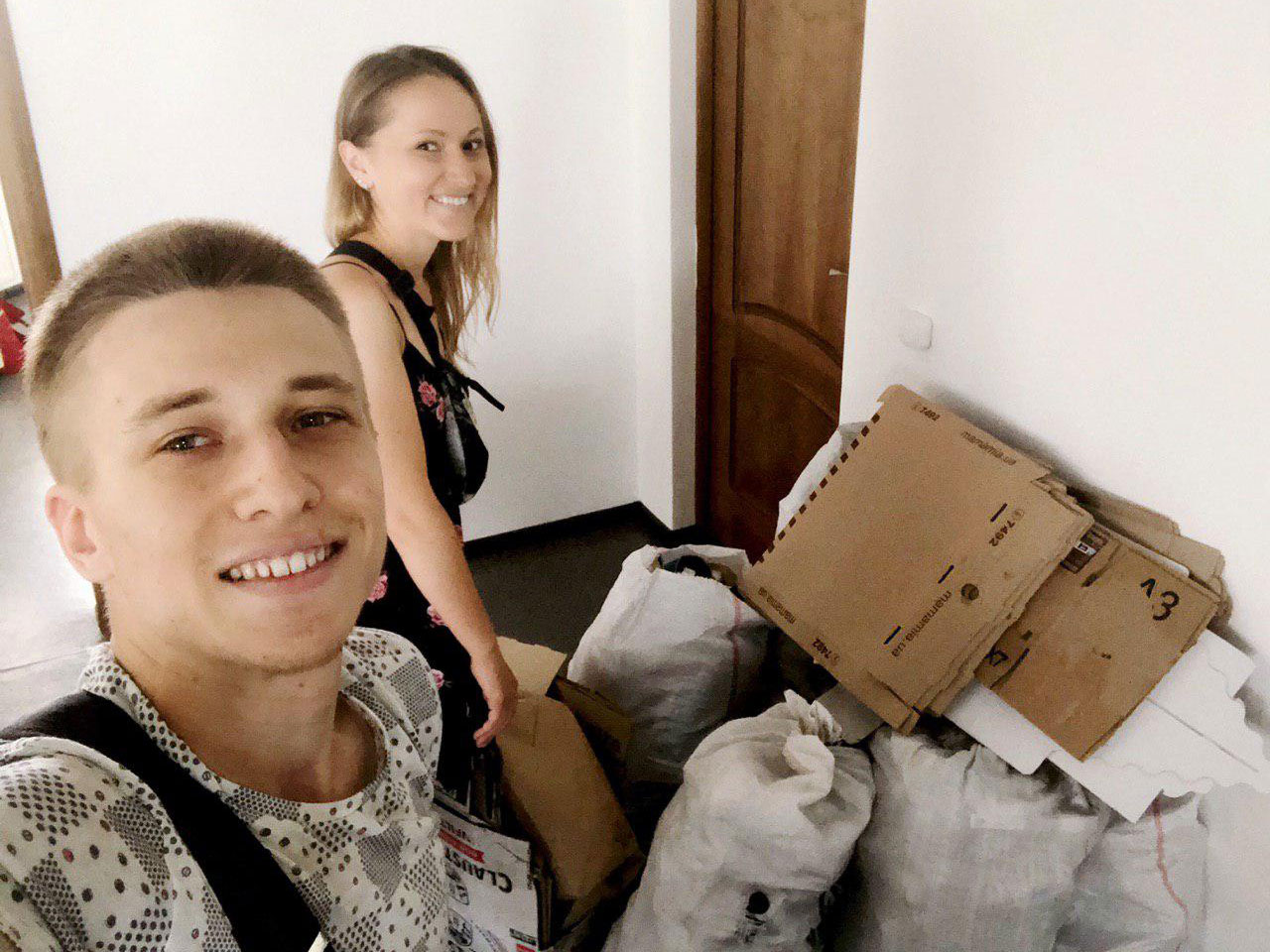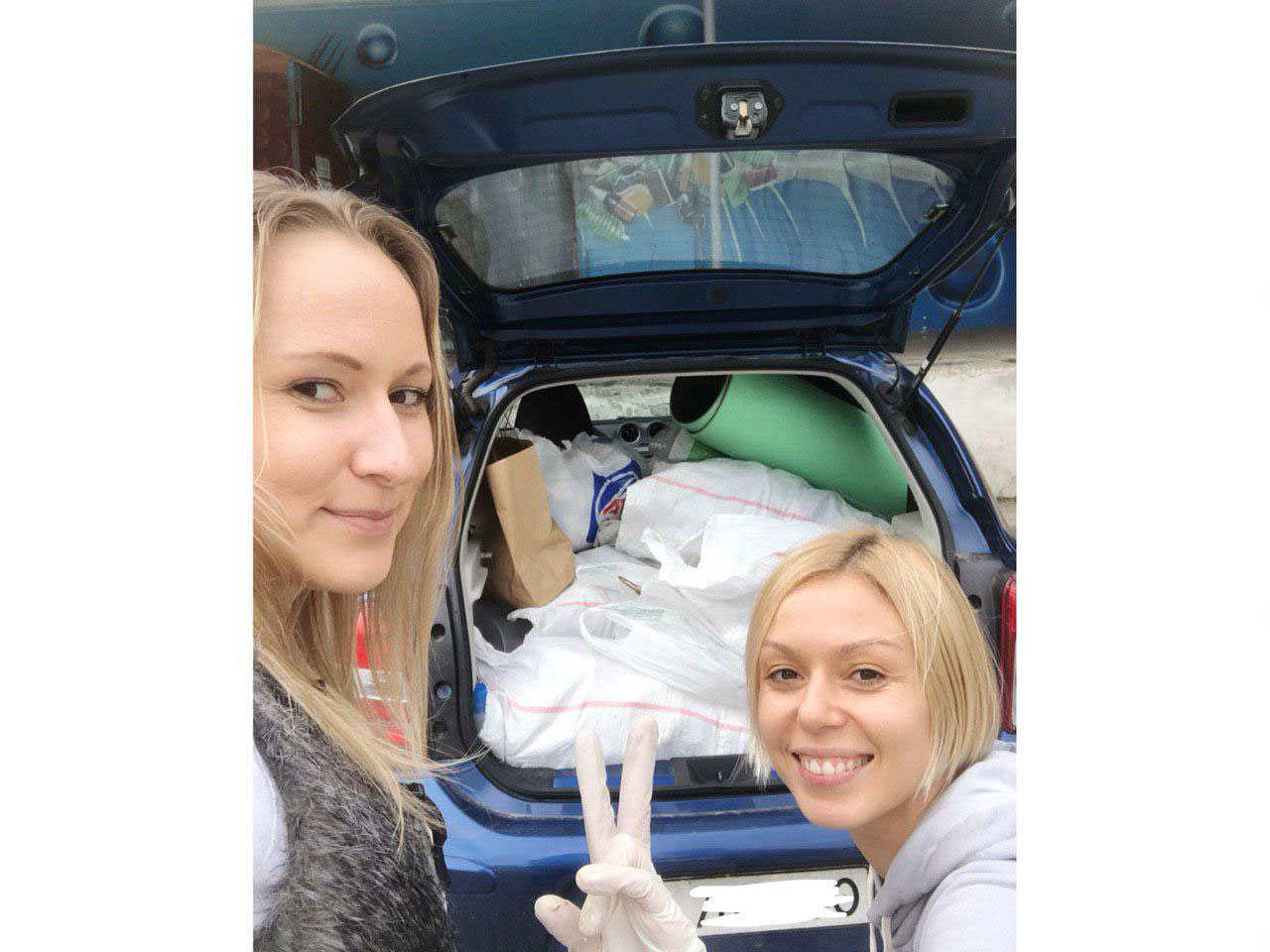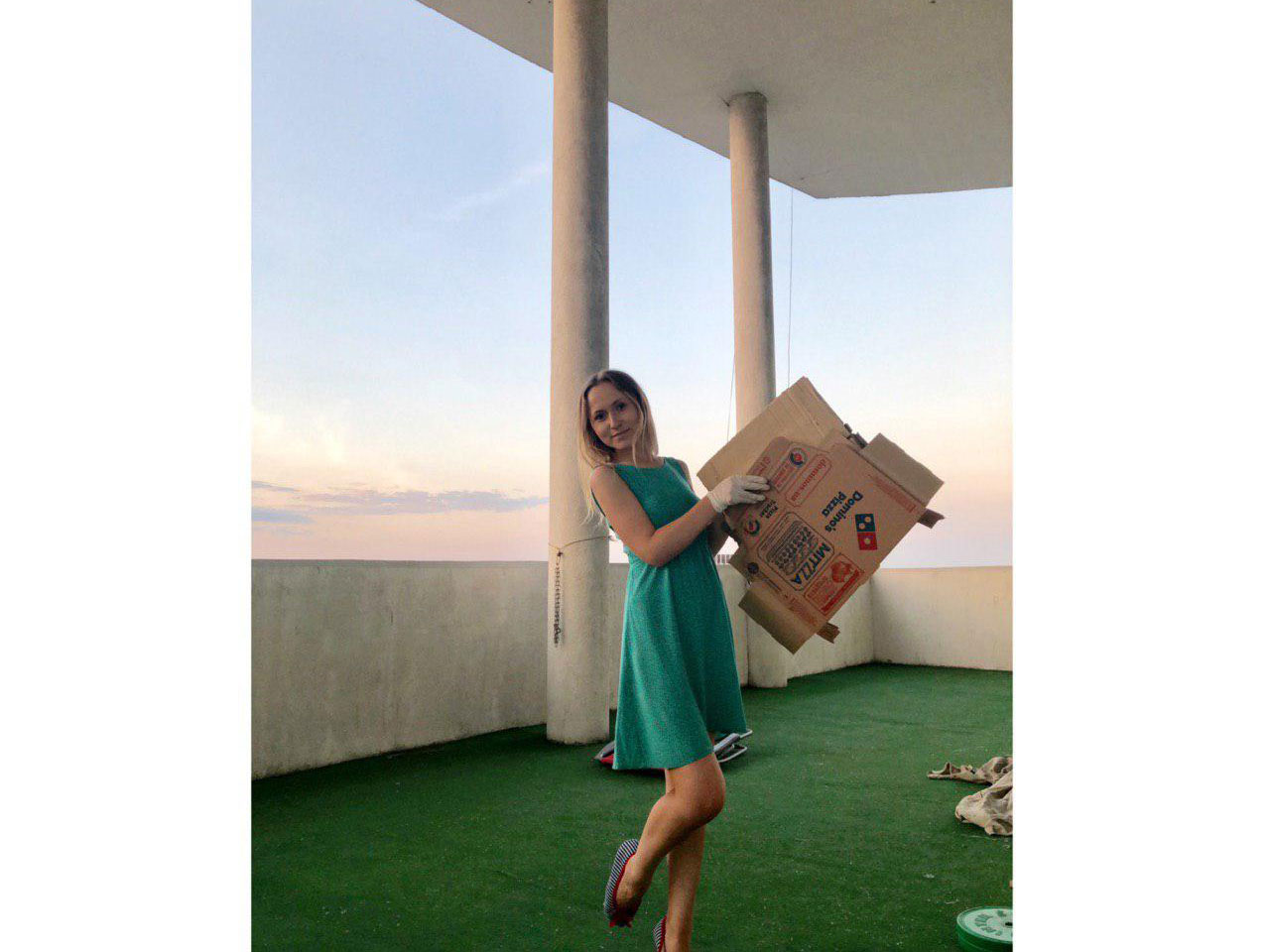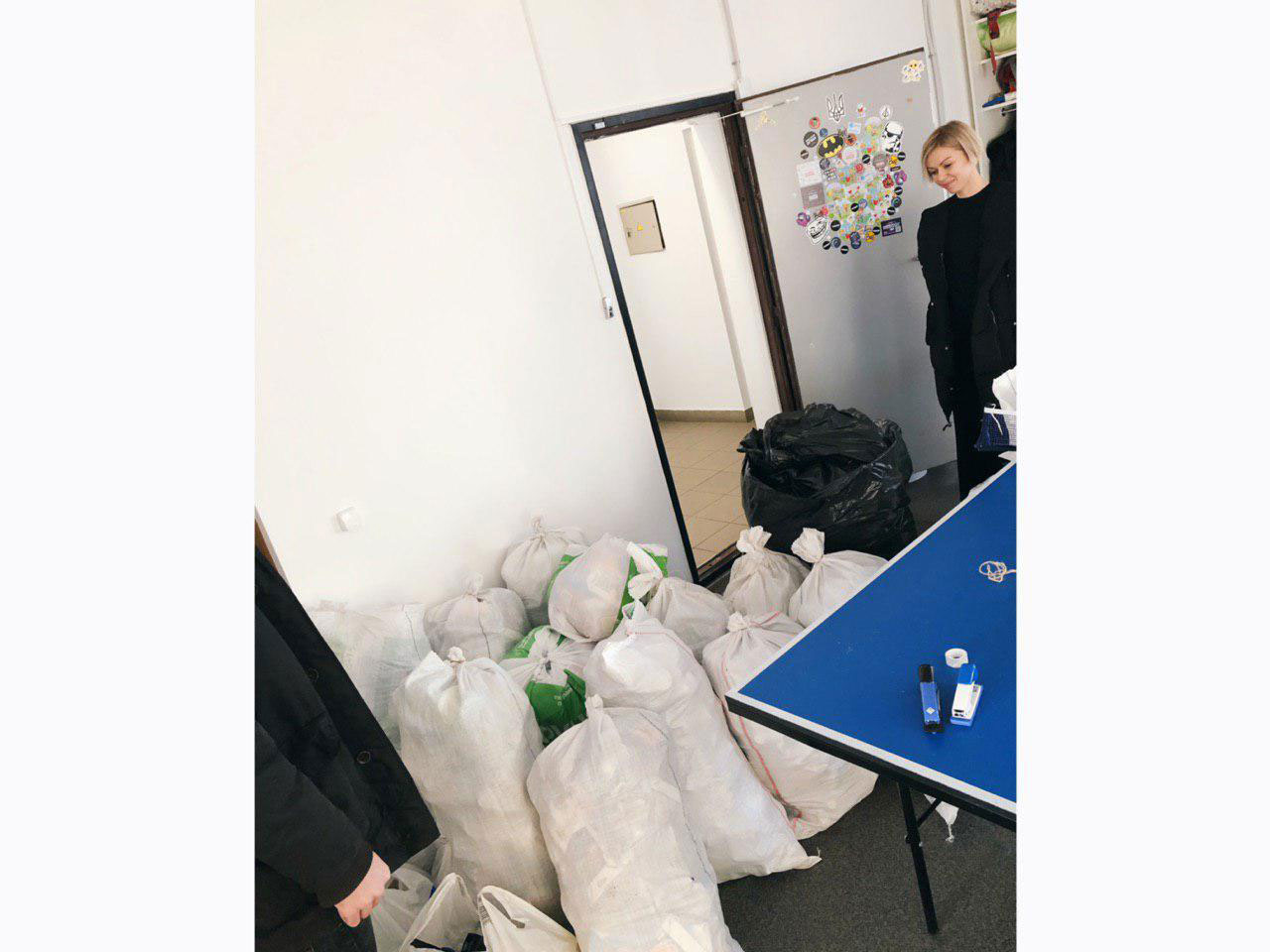Eco-friendliness and recycling are trendy now. And happily, the number of environmentally responsible companies is rising up. You can vote with a dollar choosing goods and services from eco-friendly businesses. You may change your own habits, consuming more sustainable, reducing and recycling your household waste. But also, you can make a tangible impact on the environment by changing your workspace, work habits, inspiring colleagues. We spend almost ⅓ of our life at work. So it really matters. And we’d like to share our own experience, achievements and fails).
1. Reusable coffee mugs to reduce single-use cups usage.
Half a trillion disposable cups are manufactured annually around the world; that’s over 70 disposable cups for every person on the planet.
In Eltrino each employee has his own custom-designed branded mug. We also have a variety of grasses, for water, for beer, for vine, for cocktails, etc. So there is no need in plastic-lined paper cups, that are harmful to nature as they all have plastic layer inside. Unfortunately, we can’t reduce the number of such waste to zero, quitting single-use cups altogether is too jarring. But happily, we can hand over these few for recycling.
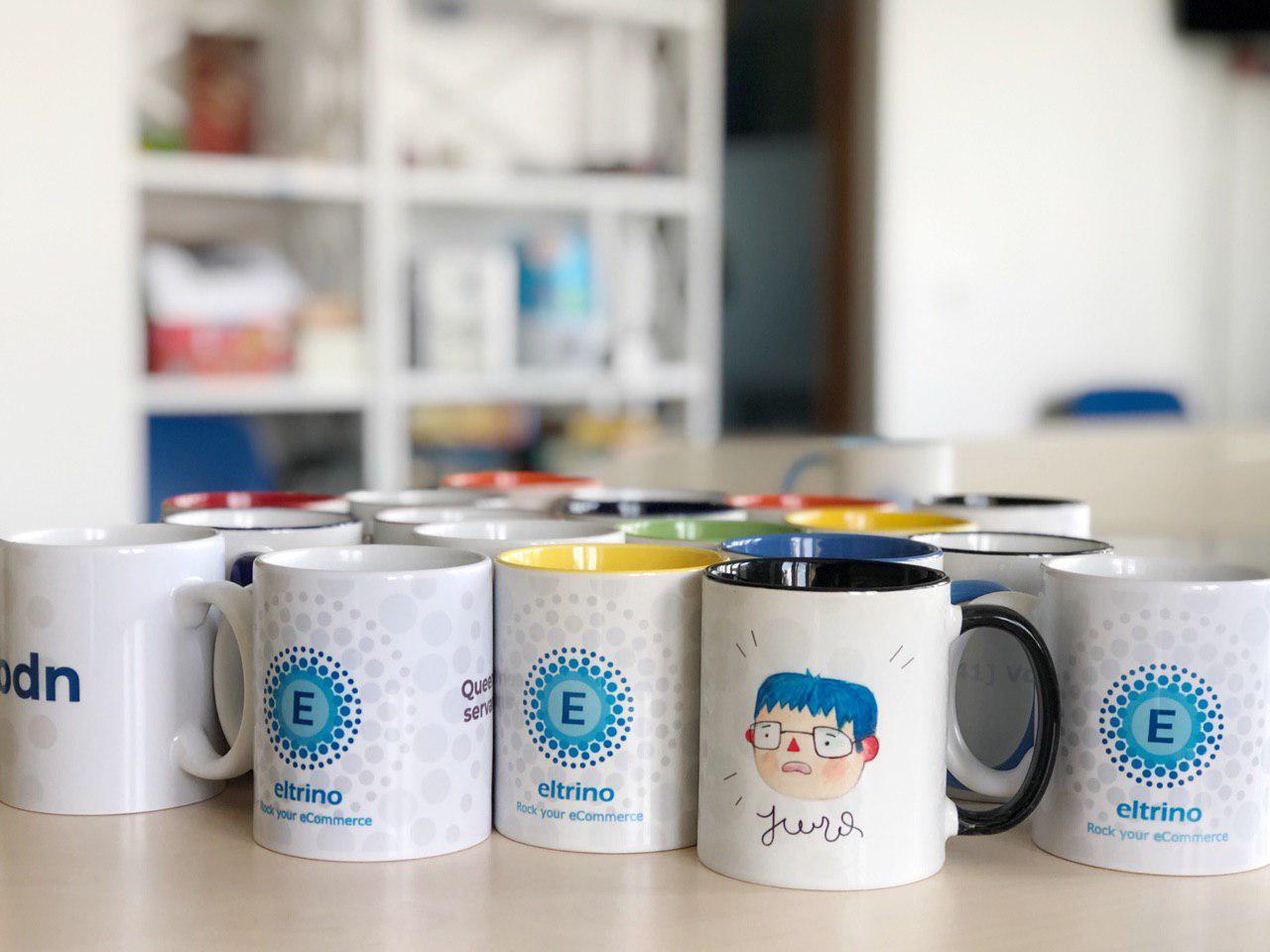
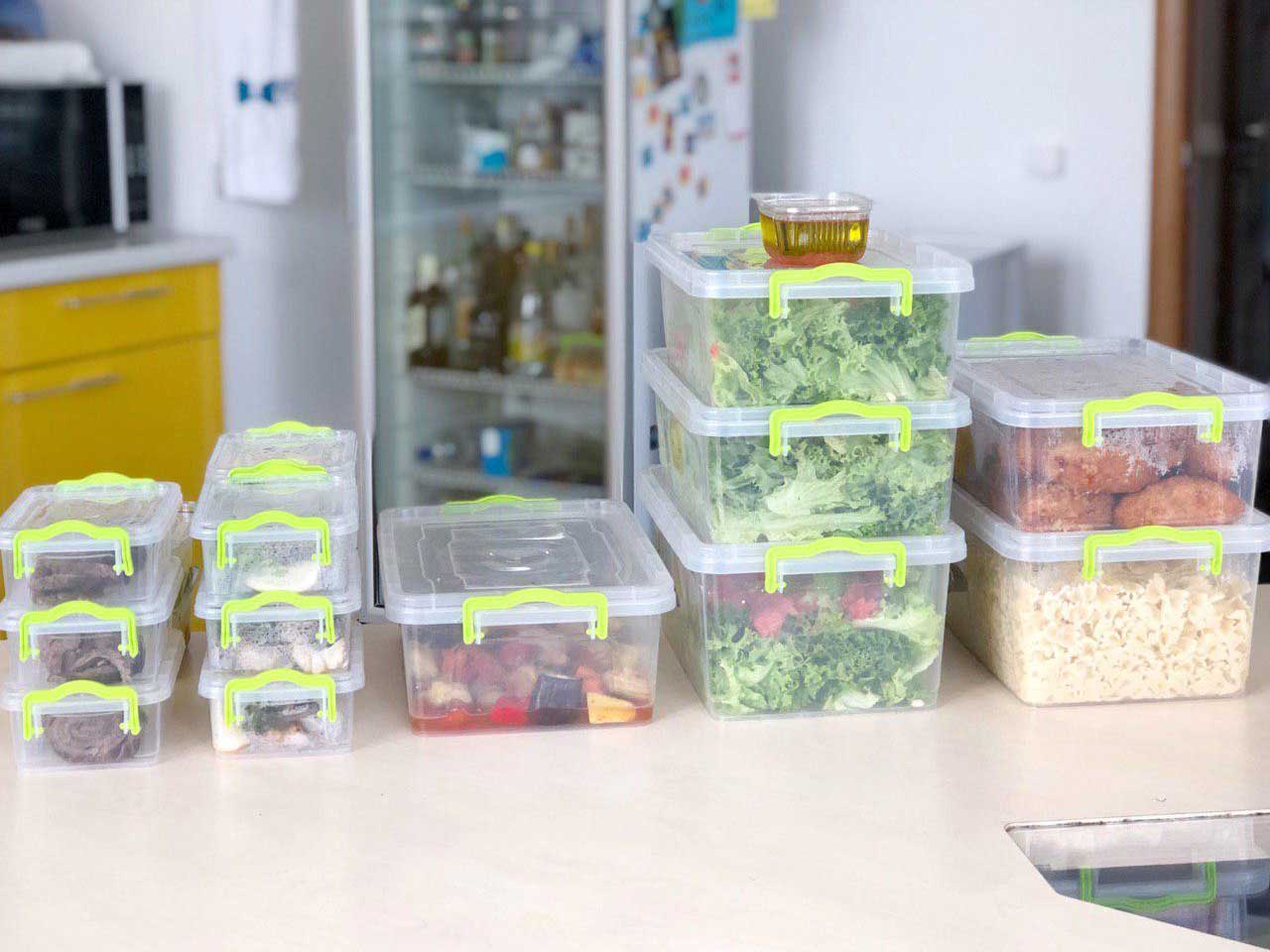
2. In-office lunches Tasty and healthy lunches are delivered in office in reusable containers. It works great for the environment for several reasons:
- reduce waste from junk food (these tons of plastic bags, plates, forks, and knives)
- eliminate transport pollution (if co-workers drive to a restaurant or cafe for lunch)
- saves water, as we use a dishwashing machine with eco program
3. In-office coffee machine.
It saves thousands of single-use cups if co-workers took coffee-to-go going to the office. Actually, the coffee machine is a basic survival option in any office. So this step is the easiest) By the way, we tried to use coffee grounds as fertilizer for our plants. But we consume more coffee than we have soil. So if you have any ideas about how to use coffee grounds, let us know.
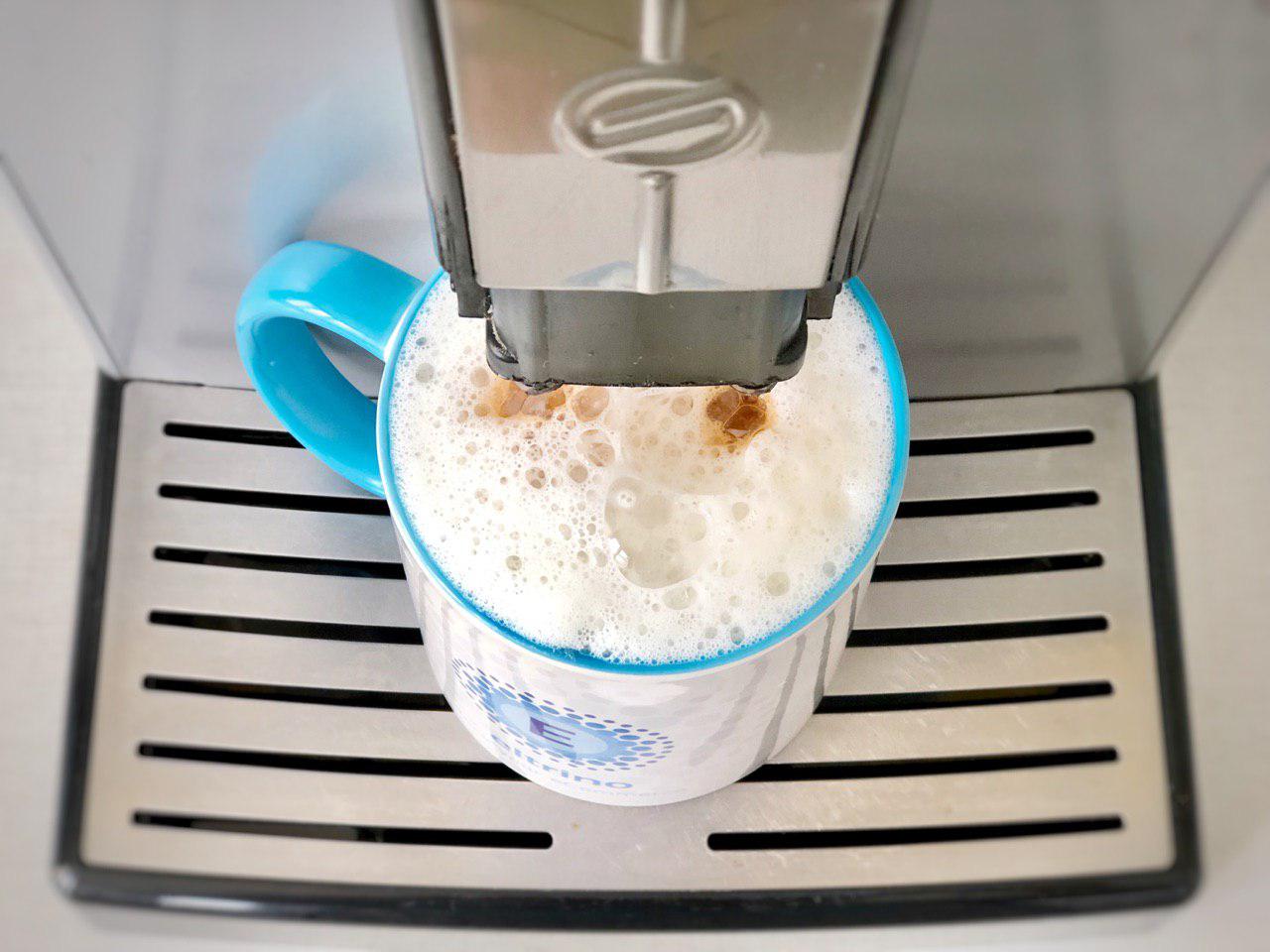

4. Cut down on trash purchasing snacks and beverages in a recyclable package.
We provide our employees with unlimited sweets, snacks, fruits, and drinks. So just shifting to items with an environmental-friendly package or at least recyclable we significantly reduce our waste. But unfortunately, the most popular snacks and chocolate bars are produced with unrecyclable (in Ukraine). So we collect such wrappers and send them to incineration.
5. We collect, separate, prepare and hand over for recycling over 70% of office waste.
Honestly, recycling is quite challenging in Ukraine. Just a few organizations that take waste for recycling. And they can assume just several types of waste. But it’s not a reason to neglect the problem.
We hand over our office waste to:


6. Cut down printing.
We print only if it’s really necessary and use double-sided printing if it’s possible.
7. We use energy-saving lights (compact fluorescent and LEDs), mainly.
Energy-efficient bulbs include CFLs and LEDs. They have a number of advantages over traditional incandescents. They use between 25-80% less energy, and they last up to 25 times longer.
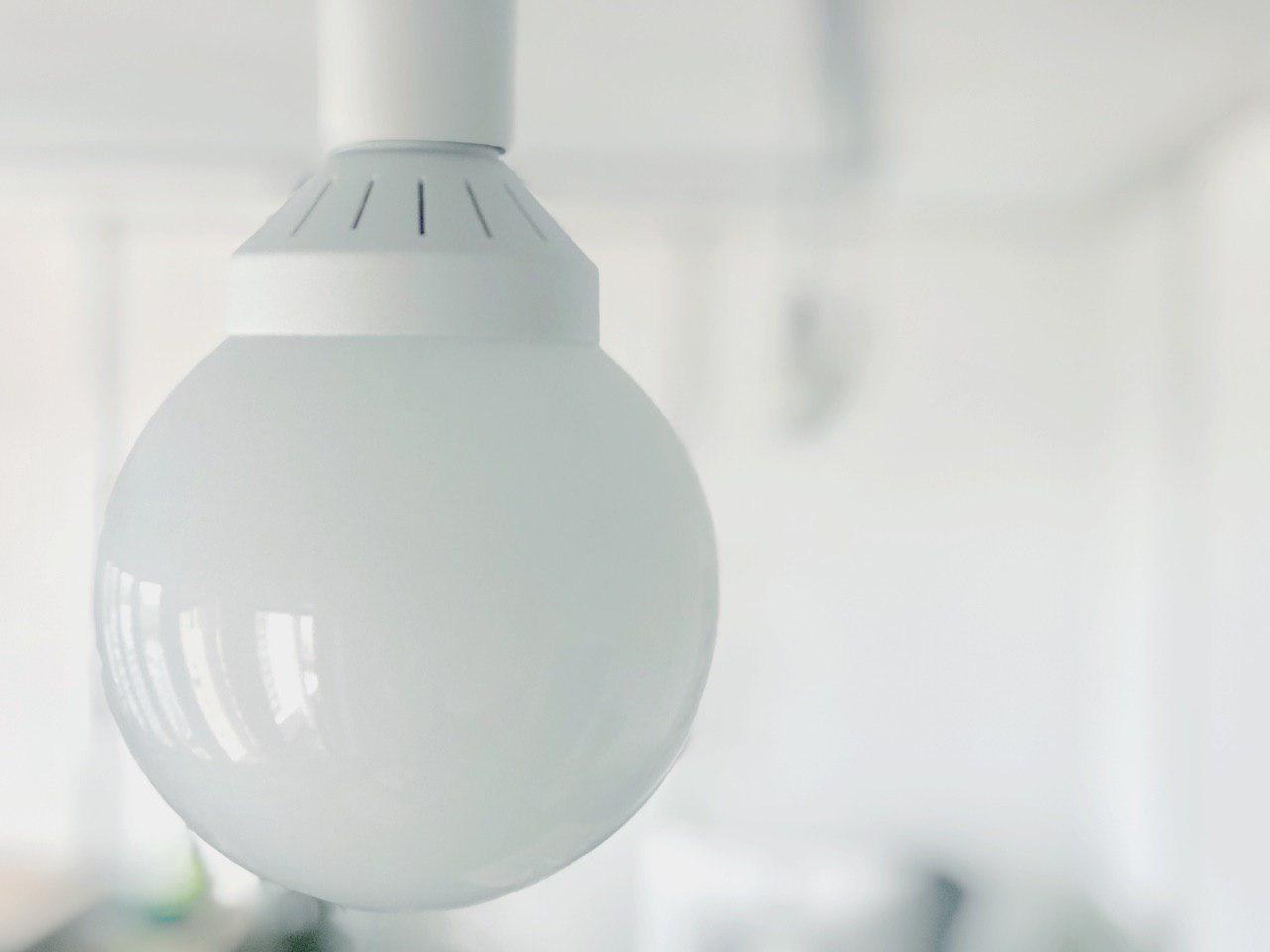
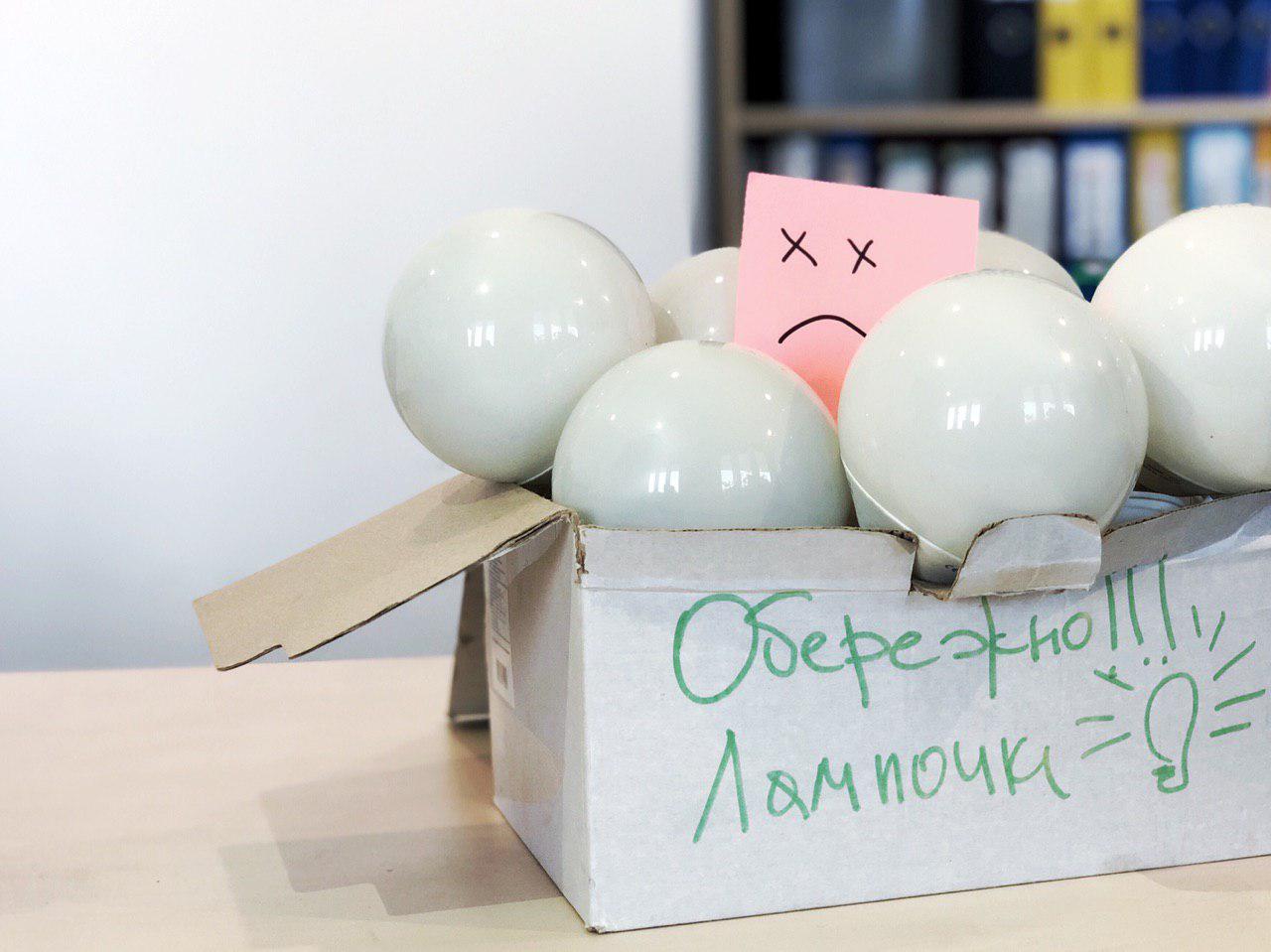
8. All dead bulbs we hand over for safety dispose.
When a light bulb does burn out, don’t throw it in the trash! It’s important to recycle light bulbs safely. Compact fluorescent lights (CFLs) bulbs contain mercury and phosphor. So when they are thrown into the garbage they transform in toxic bombs that can seep into landfill groundwater, affect our drinking supply and harm human health.
9. Use old coffee grounds to fertilize plants.
Coffee grounds contain several key minerals for plant growth — nitrogen, calcium, potassium, iron, phosphorus, magnesium and chromium. But it works only for plants that like acidic soil like roses, azaleas, camellias, etc.
10. Dishwashing machine.
Would it surprise you to learn that a dishwasher uses much less water than washing up by hand? The amount of low-phosphate or phosphate-free dishwasher detergent is significantly less than liquid detergent used for an equal amount of dishes. A full dishwasher uses minimal electricity and water as compared to washing dishes by hand. If you wash your dishes by hand with running water, 6 liters of water disappear down the drain every minute. This means that in only two minutes you lose 12 liters – the total amount of water a dishwasher uses during a normal cycle.
And we run it in eco mode, that uses lower temperatures and less water and compensates for this by washing for longer periods.
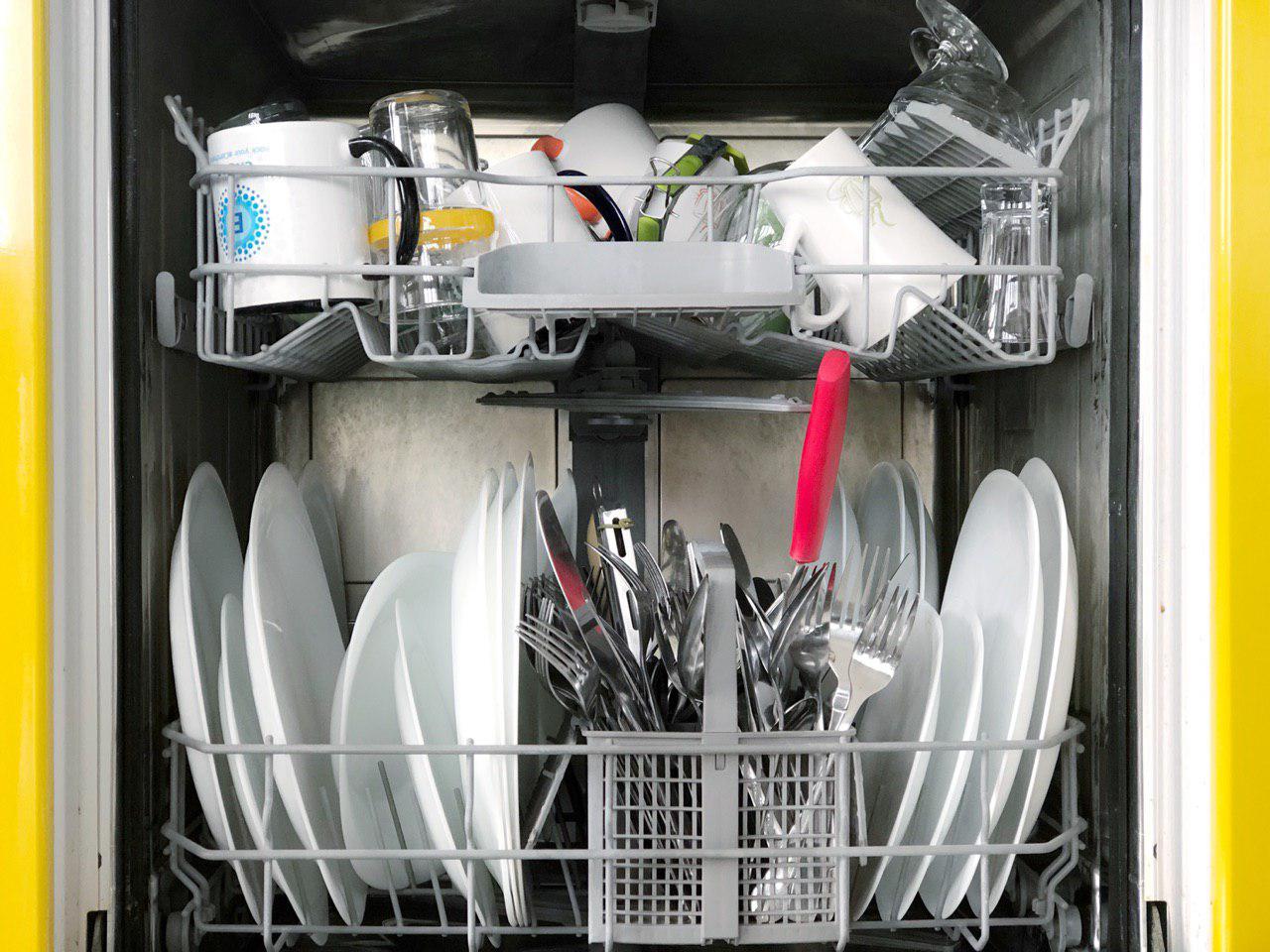
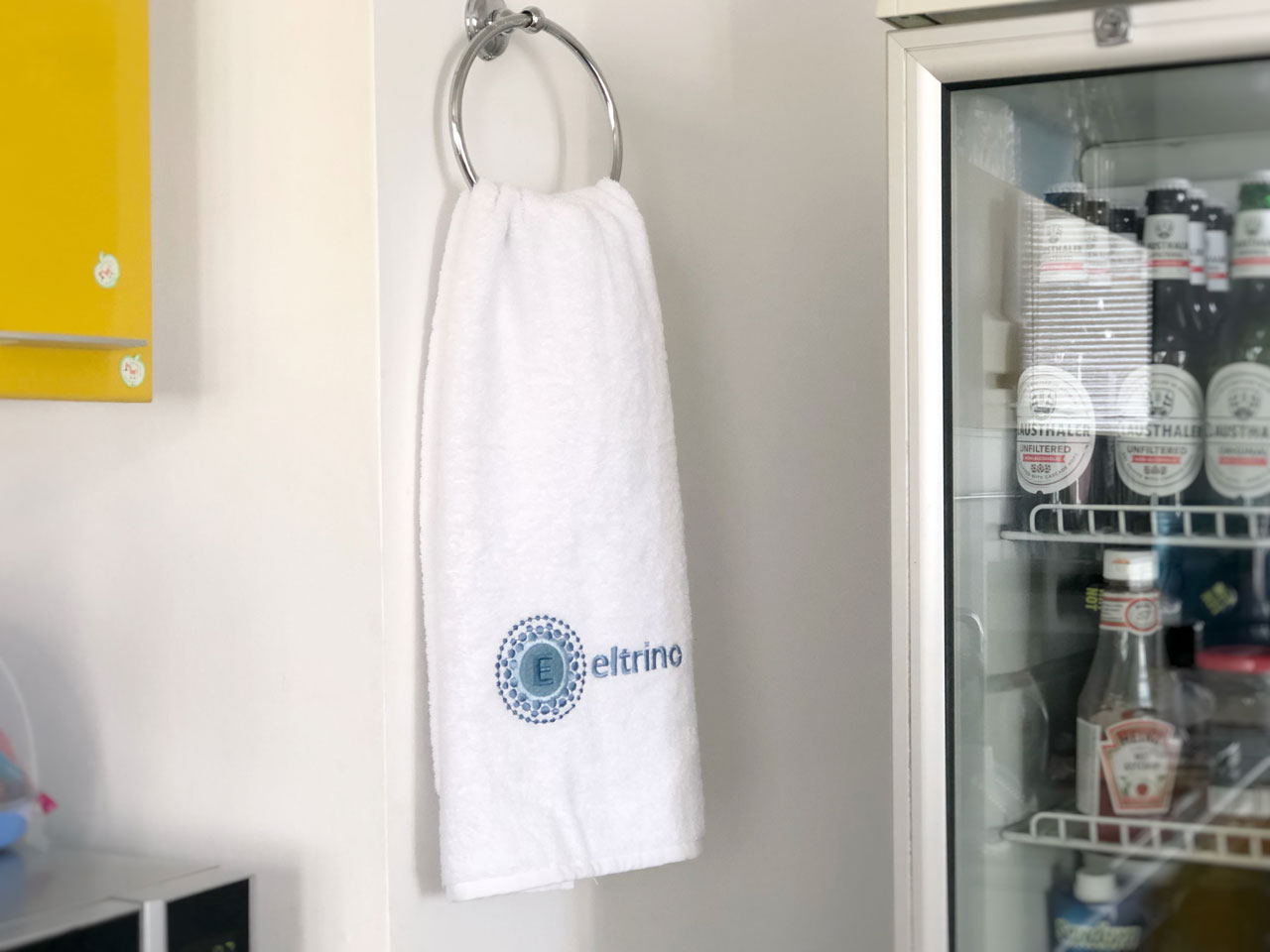
11. Cut down using paper napkins.
Just try to count how many times per day you need napkins in the office: after washing hands, to fix spilled coffee on the table, during the lanch or snacking. It’s hard to cut that number down of paper napkins to zero but we use cotton towels in restrooms and at the kitchen.
12. Work from home.
We allow the optional route - allowing our employees to choose whether or not they want to work from home or come into the office This small change cuts down on the environmental impact of their journey to work, cooling or heating office space. As we are a web development company most of our meeting are online. In most cases, there is no need to travel to our clients frequently. Actually, nowadays this online format can be applied to most businesses.


